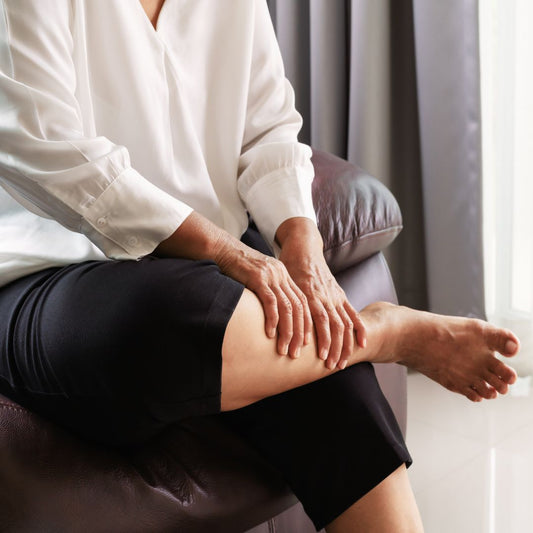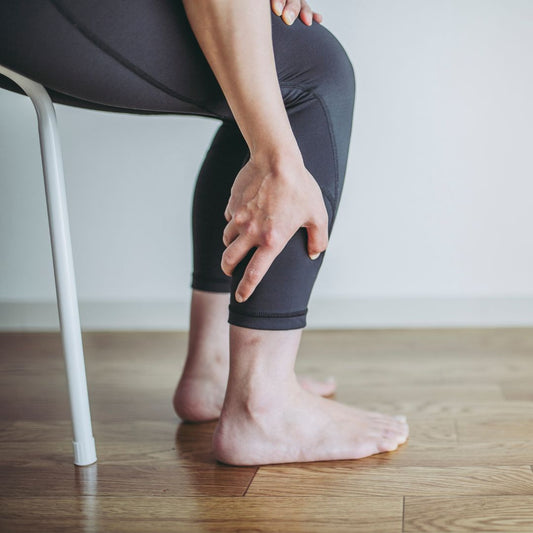Most people think of arthritis as a painful condition that strikes older adults after decades of placing too much wear and tear on their joints.
While many adults do develop arthritis, this condition can also affect children under the age of 16. In fact, nearly 300,000 kids and teens in the United States have a form of juvenile arthritis, according to the Arthritis Foundation.
Unlike osteoarthritis, the wear-and-tear form of the disease, juvenile arthritis is typically autoimmune or autoinflammatory in nature. This means that the body engages in friendly fire against its own bones, joints, and tissues, causing pain, inflammation, trouble walking, and other symptoms.
Many types of arthritis can affect kids. The most common one is juvenile idiopathic arthritis (JIA), which is an umbrella term for several types of arthritis, including oligoarthritis, polyarthritis, systemic JIA, enthesitis-related JIA, juvenile psoriatic arthritis, and undifferentiated JIA. (Idiopathic means that the exact cause is unknown.)
Other types include:
Juvenile myositis
Juvenile lupus
Juvenile scleroderma
Vasculitis
Fibromyalgia
Some kids also develop skin symptoms such as a scaly red rash with juvenile psoriatic arthritis, a butterfly-shaped rash across the nose and cheeks with juvenile lupus, or thick patches of skin with scleroderma. Your child’s eyes may also be inflamed and sensitive to light with certain types of arthritis. Other symptoms of juvenile arthritis include fatigue, appetite loss, and high fevers. The disease can also affect internal organs such as the lungs and heart as it progresses.
Like other types of autoimmune disease, juvenile arthritis is marked by periods of flares of high disease activity and periods of remission where symptoms are nonexistent.
There is no cure for juvenile arthritis, but prompt diagnosis and aggressive treatment can stop the disease in its tracks. Immune-modulating medications can help cool inflammation and prevent progression, while other types of medications can relieve symptoms. A well-rounded treatment plan typically includes medication, regular physical activity, and a healthy diet. There’s also a growing role for complementary therapy such as acupuncture; Forces of Nature Joint Pain Relief, an organic, plant-based topical product that can be rolled on painful, swollen joints; and other modalities.
The bottom line
If you think your child has signs of arthritis, check in with your pediatrician to learn the next steps. Diagnosing the condition early and treating it aggressively is the best way to help your child preserve joint function and mobility.
Learn more about juvenile arthritis at the National Institute of Arthritis and Musculoskeletal and Skin Diseases.
Arthritis Isn’t Just for Senior Citizens

By Dr. Peter Klapper Ph.D.



